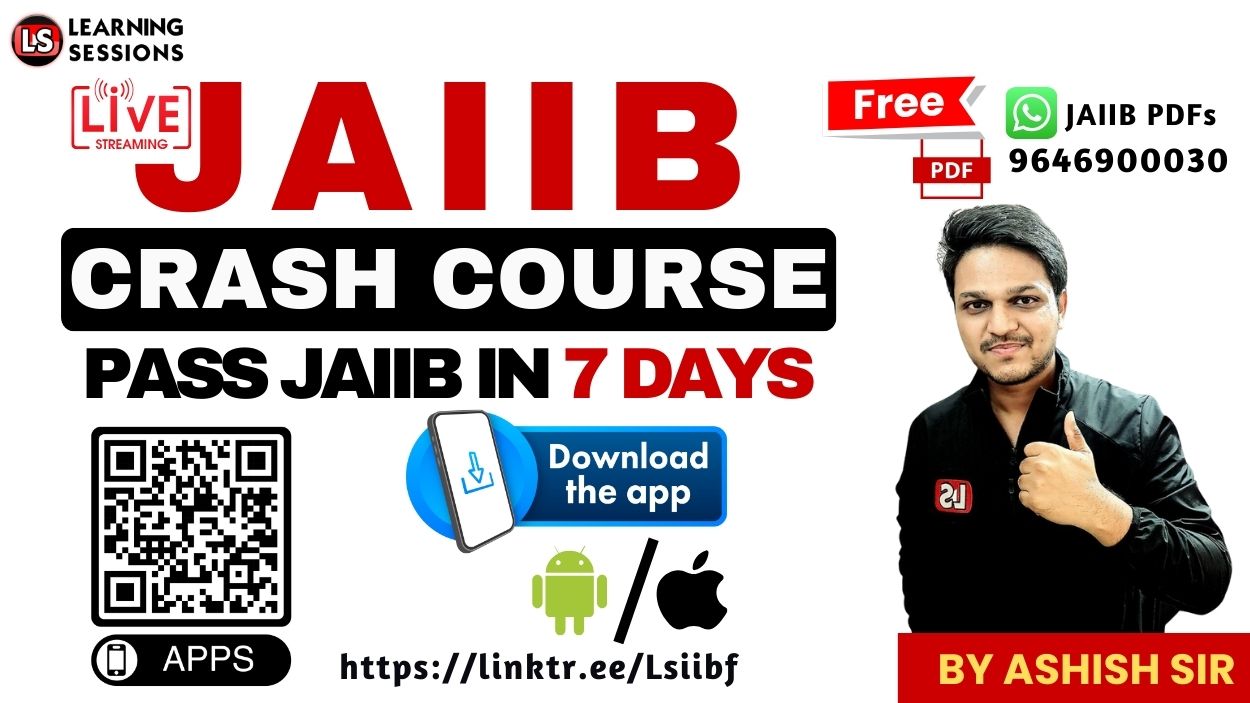Have you ever wondered why banks are so strict about KYC? Or maybe you’re prepping for the IIBF, CCP, or JAIIB exam and feel lost in the web of regulations?
👉 Before we dive in, watch this video for a complete breakdown:
00:00 – Course Introduction & Importance of KYC
Welcome to Learning Sessions! We kick off with a recap of the AML module and emphasize why KYC is critical in today’s banking world. It’s not just a compliance checkbox—it’s a shield against money laundering and terrorist financing.
Pro Tip: Download our IIBF Learning App and join the Telegram group “IIBF 2025 Daily Updates” for regular alerts!
00:34 – What is KYC & Its Genesis
KYC stands for Know Your Customer. It evolved from old-school introduction-based account opening practices. If you didn’t have an introducer, no checkbook for you! With rising threats, banks now require full identity verification.
01:54 – Customer Due Diligence (CDD)
KYC assesses a customer’s risk profile. It’s mandated by:
- FATF (Financial Action Task Force)
- Basel Committee Guidelines
- RBI Master Directions
Bottom Line: Stronger CDD = Lower fraud risk.
03:05 – Why KYC Policy is Needed?
KYC is a legal necessity under:
- PMLA, 2002
- RBI Master Directions
- Board-approved policies in each bank
⏳ Banks must review their KYC policies annually or when new risks arise.
04:57 – Key Elements of a KYC Policy
RBI mandates 4 key components in every KYC policy:
- Customer Acceptance Policy (CAP)
- Customer Identification Procedures (CIP)
- Risk Management
- Transaction Monitoring
06:51 – Customizing KYC to Business Models
KYC should be customized based on bank operations, geography, and the product type. Example: A forex account has more requirements than a savings account.
08:00 – Compliance & Responsibility
KYC is mandatory at all levels of banking. Responsibilities include:
- Appointing a KYC officer
- Setting internal controls
- Auditing regularly
- Submitting quarterly compliance reports
🛑 KYC responsibilities cannot be outsourced.
09:53 – Why KYC Matters?
- Prevents financial crimes
- Verifies identity
- Reduces credit risk
- Ensures RBI & global compliance
- Boosts transparency & security
11:06 – Process Manual vs KYC Policy
KYC Policy: Strategic framework
Process Manual: Operational steps for onboarding, monitoring, risk assessment
12:18 – Customer Acceptance Policy (CAP)
CAP ensures banks accept only genuine customers. As per PMLA:
- ❌ No anonymous accounts
- ❌ No fake names
- ❌ No accounts with unverified identity
13:35 – Mandatory Info & Joint Accounts
✅ KYC for all joint holders is mandatory
✅ Existing CDD can be reused for multiple services
14:51 – Prohibited Customers
No accounts for individuals/entities listed under:
- UAPA or FIU alert list
- RBI advisory
- CBI, Interpol, ED, etc.
- Sanctioned international entities
[FREE EPDF] KYC AML | AML Legislation at National Level Explained | Chapter 5
15:25 – Risk-Based Customer Categorization
Customers are classified as:
- Low Risk: Salaried, govt employees
- Medium Risk: Businessmen, professionals
- High Risk: PEPs, foreign nationals, NPOs
Enhanced Due Diligence is a must for high-risk customers.
18:20 – Final Thoughts on Risk & Inclusion
Even with strict policies, genuine low-income customers must not be denied access. Balance compliance with inclusion!
🧠 Conclusion
KYC isn’t just documentation—it’s about building safe, transparent, and fraud-free banking systems.
✨ Implement what you learned today. Have thoughts or questions? Drop a comment! Don’t forget to subscribe and check out related sessions.
📥 Download the PDF Notes of This Session:
Click below to get the summarized PDF of this chapter for revision:
📎 Download Full PDF
Also Like:







